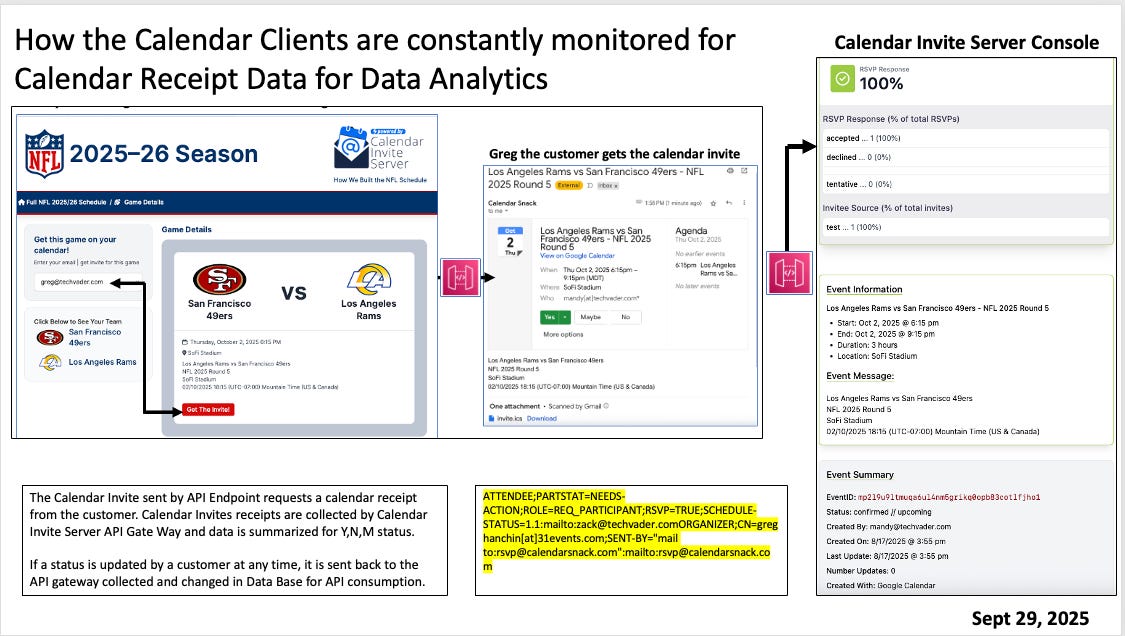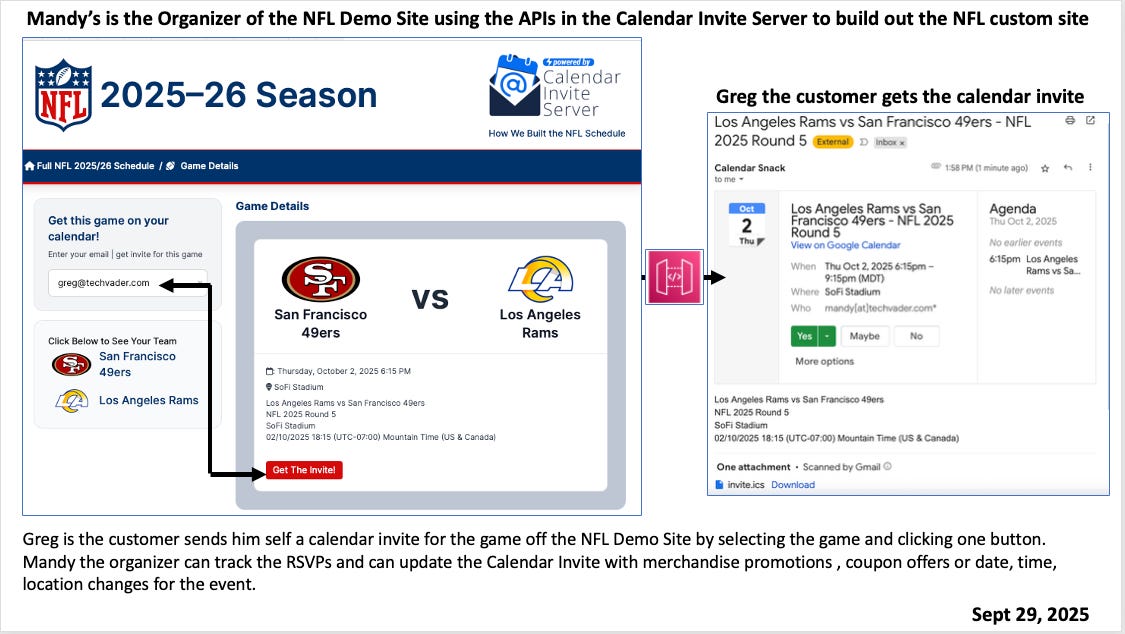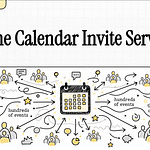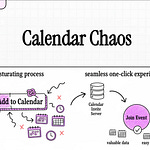How Simple Invites Become a Goldmine of First-Party Data
1.0 Introduction: The Overlooked Power of a Simple RSVP
Most of us view calendar invites as simple administrative tools—a digital reminder to confirm logistics.
But what if that simple ‘Yes’, ‘No’, or ‘Maybe’ was actually a powerful, real-time signal of intent?
This post examines several surprising insights from a project that leveraged a straightforward invitation microsite to transform basic event tracking into a valuable source of first-party data.
1. A Simple RSVP is a Live Intent Signal
Every invite sent creates a unique record tied to the recipient, tracking four key statuses in real-time as fans respond: No Action, RSVP Yes, RSVP No, and RSVP Maybe. Crucially, the system automatically updates when a fan changes their response, such as from Maybe to Yes. This eliminates manual reconciliation, improves operational clarity, and turns a static administrative tool into a high-fidelity, real-time dashboard of audience intent. This provides an unparalleled view into audience commitment, allowing for dynamic resource allocation and targeted follow-ups based on shifting intent.
...turning the calendar into a live intent signal.
But a live intent signal is only half the story. Its true power is unlocked when it’s attached to an asset that is more than just a line on a calendar.
2. An Event Can Be More Than Just a Date
The system goes beyond basic event details by enriching each game with layers of contextual data. This includes:
Week Grouping: Placing the game within the season’s rhythm.
Team Information: Including logos and other relevant context.
Stats & Scores: Adding results to keep the event record current.
By combining these data points, a static calendar entry is transformed into a “dynamic content object”—a living record that is valuable and relevant before, during, and after the event itself. This provides the actionable context needed to make the data meaningful. This transformation from a simple date into a dynamic content object is what makes the first-party data collected not just accurate, but deeply contextual and actionable.
3. Own the Signal, Don’t Cede It to Third Parties
The combination of real-time RSVP tracking and enriched event data creates a powerful first-party analytics layer. In practical terms, this means that every data point—from who received an invitation, to who is undecided, to which team they support—is directly accessible, creating a rich behavioral dataset that can be used for segmentation and personalization without relying on external platforms. The core benefit is an unmediated, granular view of the entire engagement funnel. This direct ownership enables you to measure real intent, segment audiences based on their RSVP behavior, and trigger relevant, automated follow-ups—capabilities that are impossible when your data resides with third-party gatekeepers.
Own the engagement signal—track RSVPs per invitee and enrich each game with context for actionable insights.

5.0 Conclusion: What Signals Are You Missing?
Seemingly mundane interactions become strategic assets when designed with intention. By capturing a live intent signal (the RSVP), attaching it to a dynamic content object (the enriched event), and owning the resulting insights, we built a powerful first-party analytics layer. An RSVP is no longer just a logistical response; it’s a direct, ownable signal of audience behavior. What simple interaction in your own world could be transformed from a logistical task into a strategic asset?











